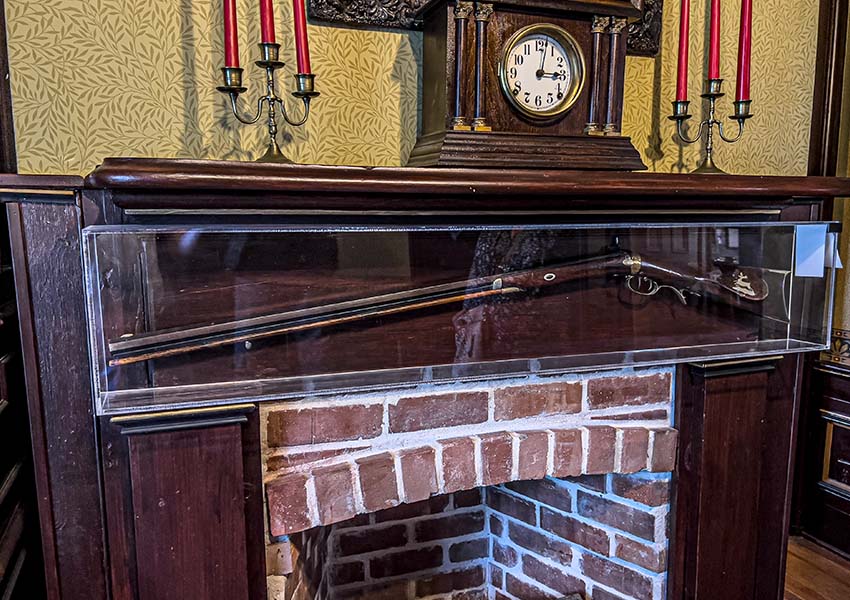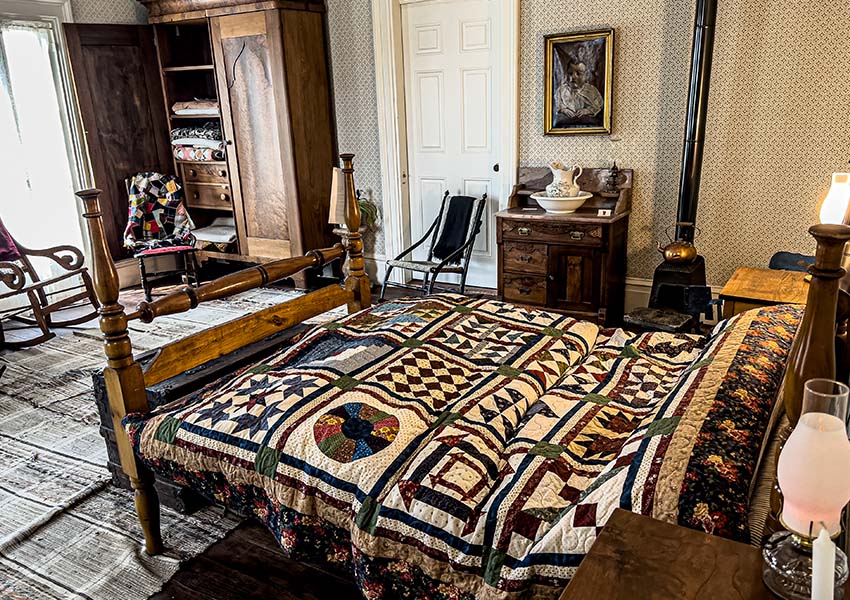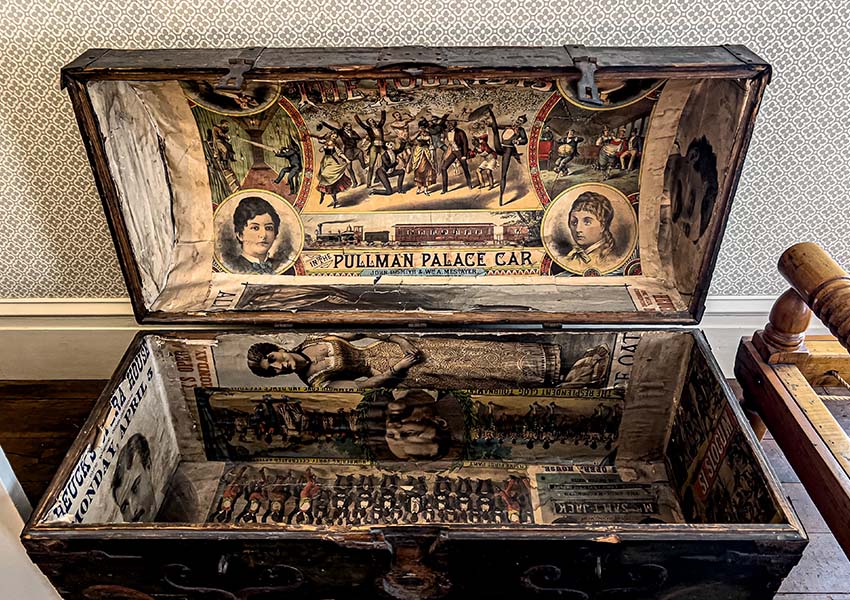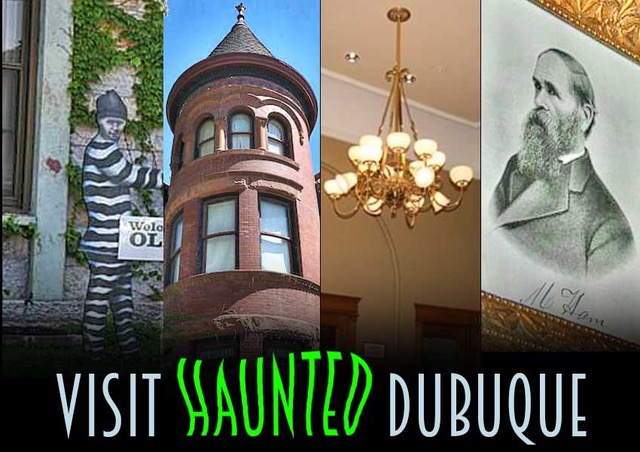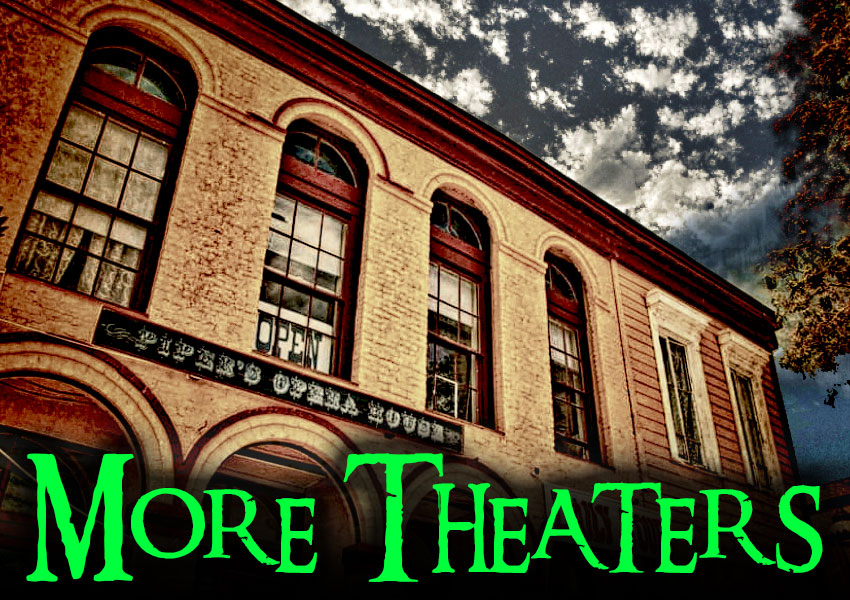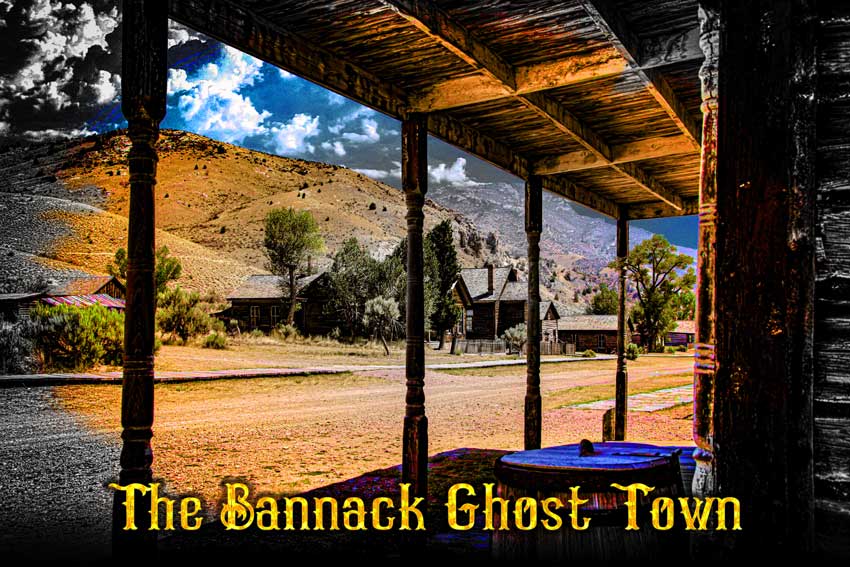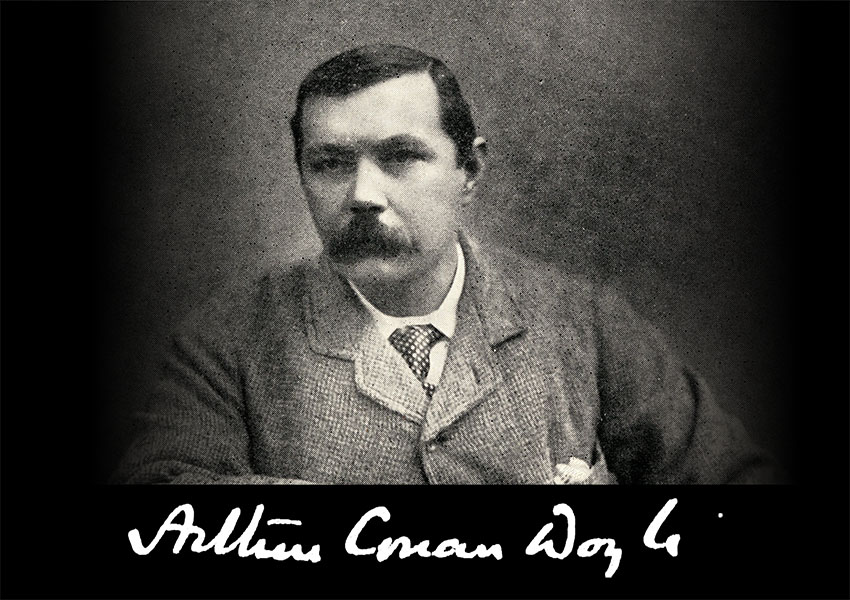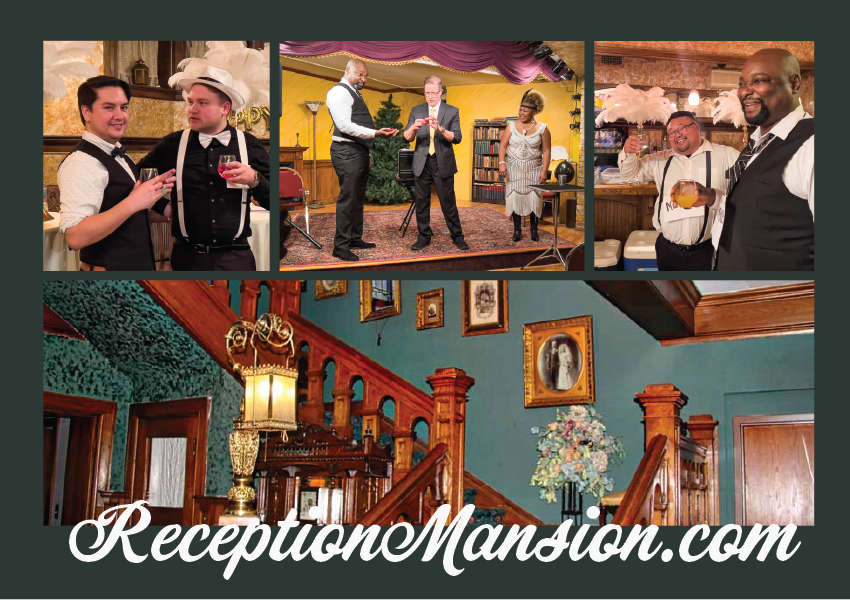Des Moines Iowa
Jordan House
This well-loved forever home of a family still attracts a little ball of fire.
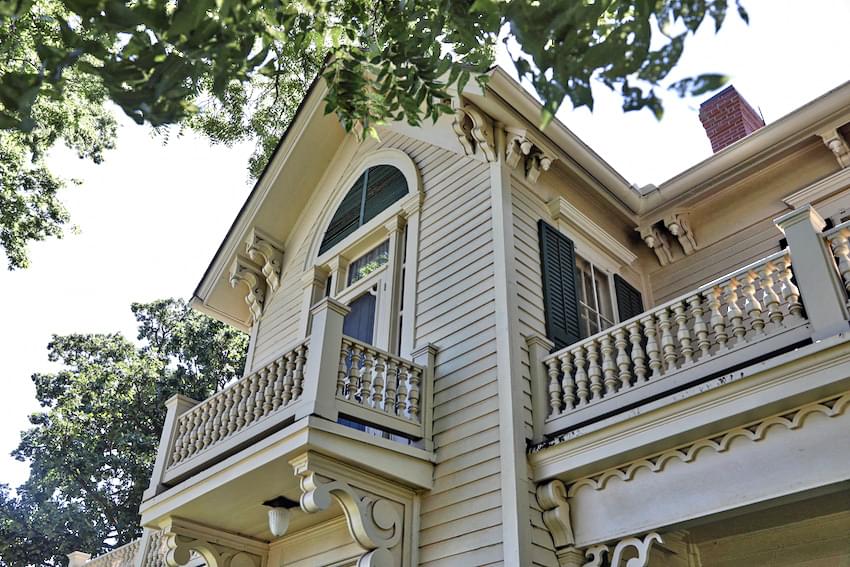
DESCRIPTION
The Jordan House is a stately sixteen room mansion, the forever home of the James C. Jordan family. It is now a house museum, which contains an exhibit dedicated to the Civil War Underground Railroad in the basement.
The sixteen rooms were built in two phases of construction, though both are of the same Victorian Italianate Gothic style. There are two staircases, two parlors, two dining rooms, two libraries, two kitchens and eight bedrooms.
The Jordan House also has the honor of being the headquarters of the West Des Moines Historical Society, which owns this historic home and its property. It is listed on the National Register of Historic Places.
Visitors can take guided tours of all sixteen rooms, which showcase beautiful antique treasures dating back to the Civil War era. Each room has period-authentic furniture and items that would’ve belonged there when it was a family home.
The formal dining room has a large dining table, set with lovely china dishes, silver place settings etc; almost like the Jordan family has gone for a walk and will return any moment for a meal. The parlors also have period antique furniture; the library is stocked with historical books.
The one personal possession of James Jordan on display is a rifle he received from fiery abolitionist John Brown, of Harper’s Ferry fame. Everything else has been brought in from West Des Moines.
Visitors can also enjoy the Underground Railroad history exhibits displayed in the basement museum. Pictures, artifacts and items from the Underground Railroad years which could once be found in Polk County make for an interesting, informative museum.
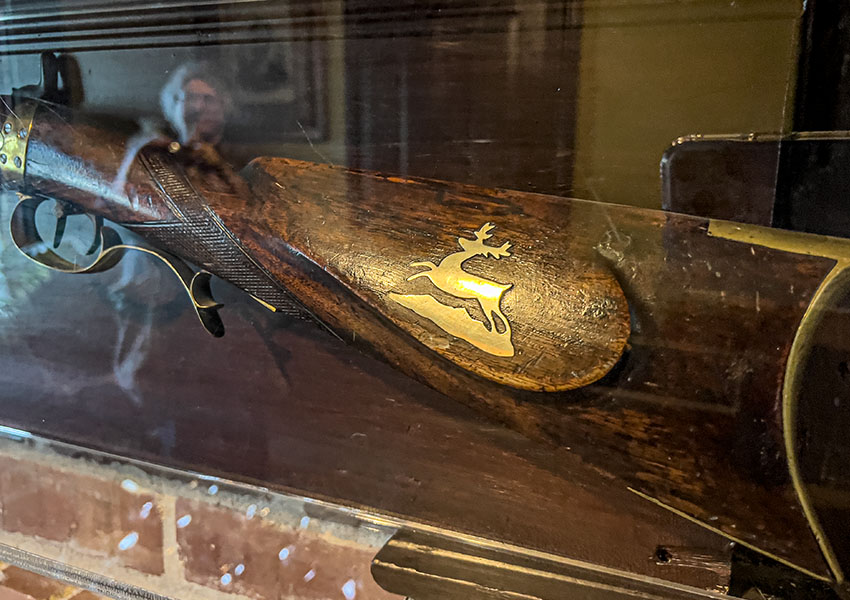
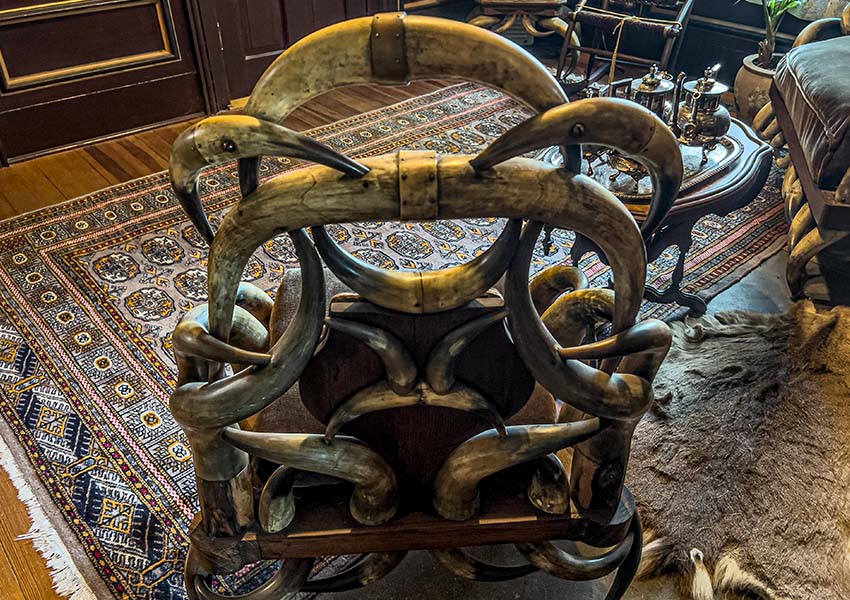
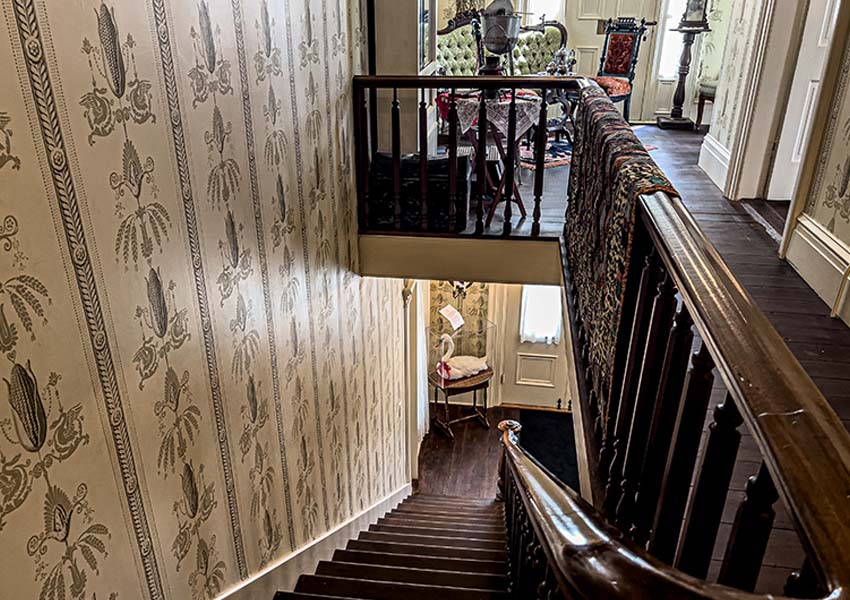
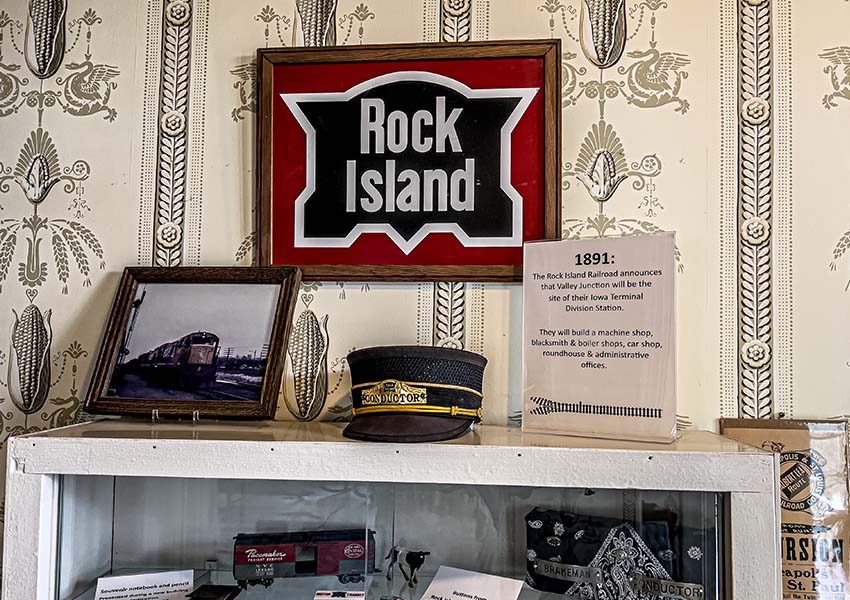
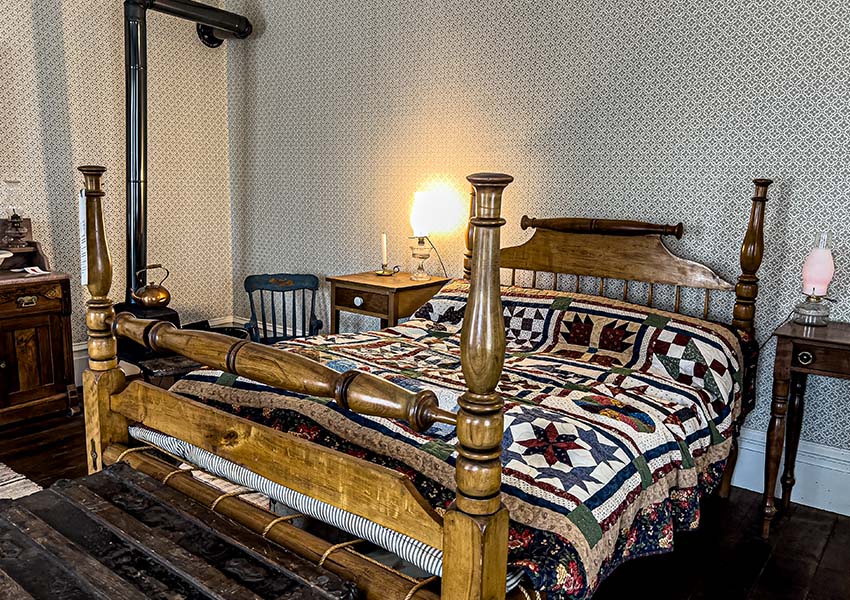
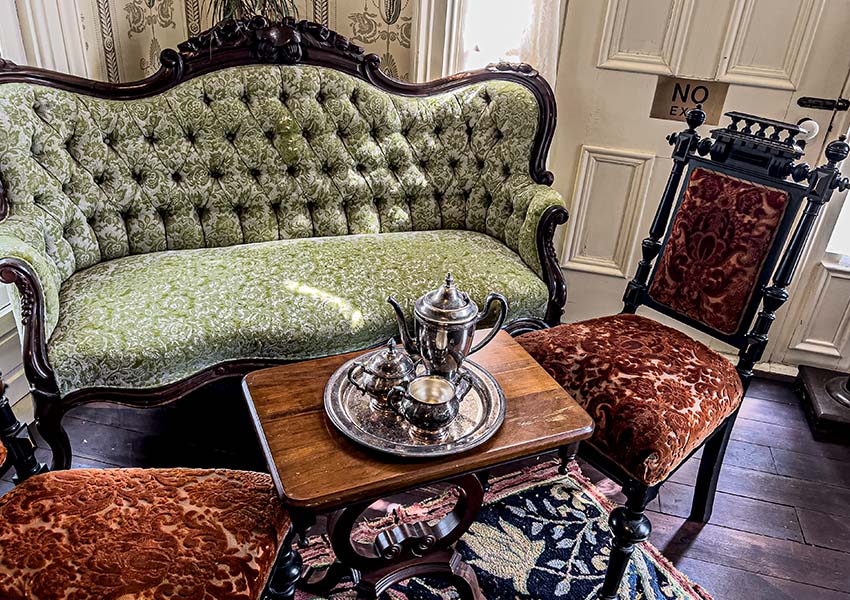
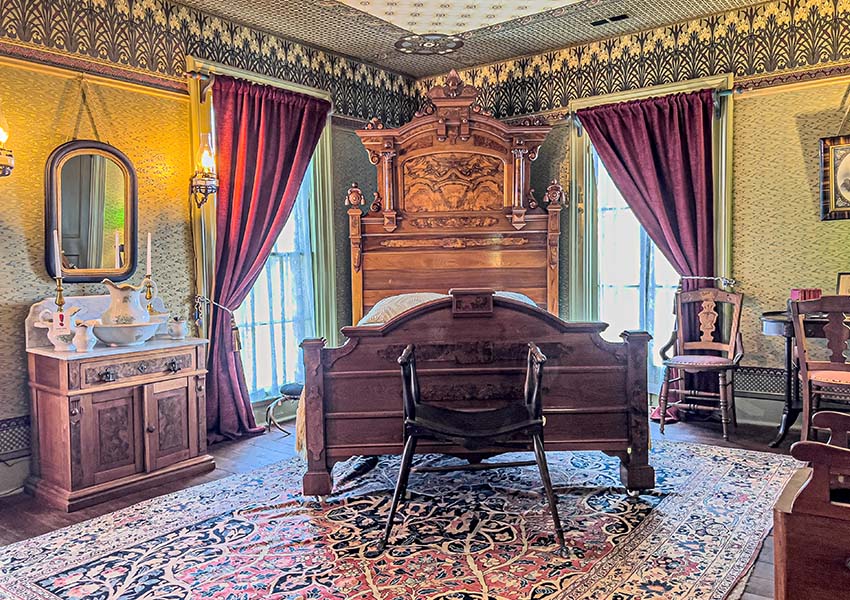
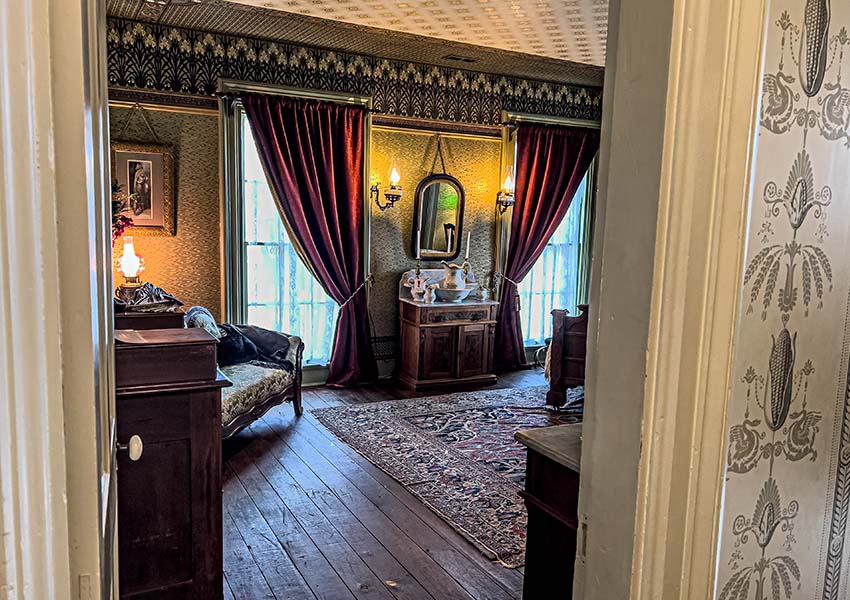
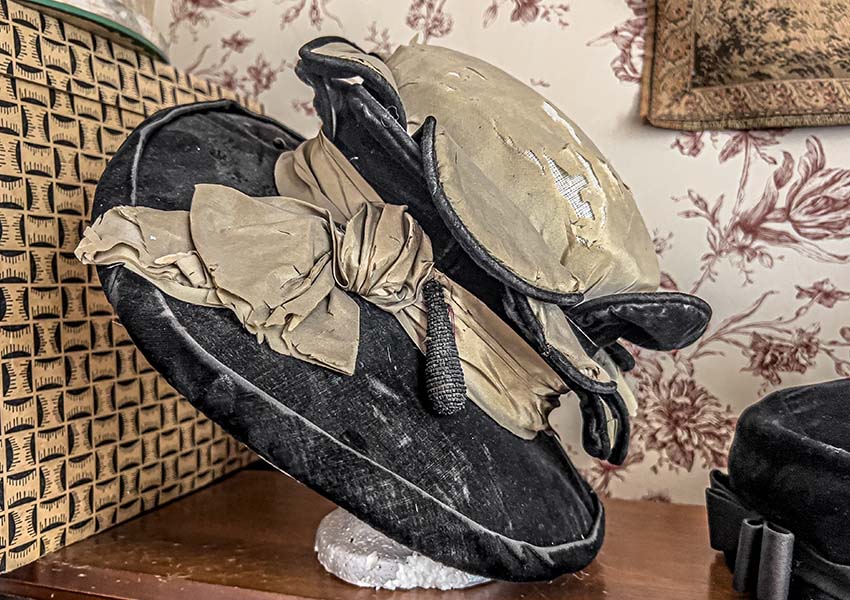
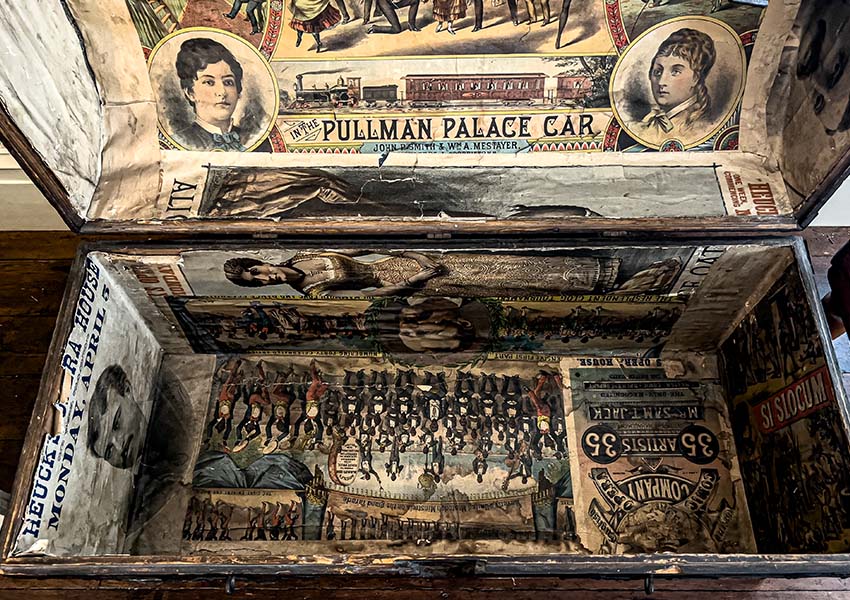

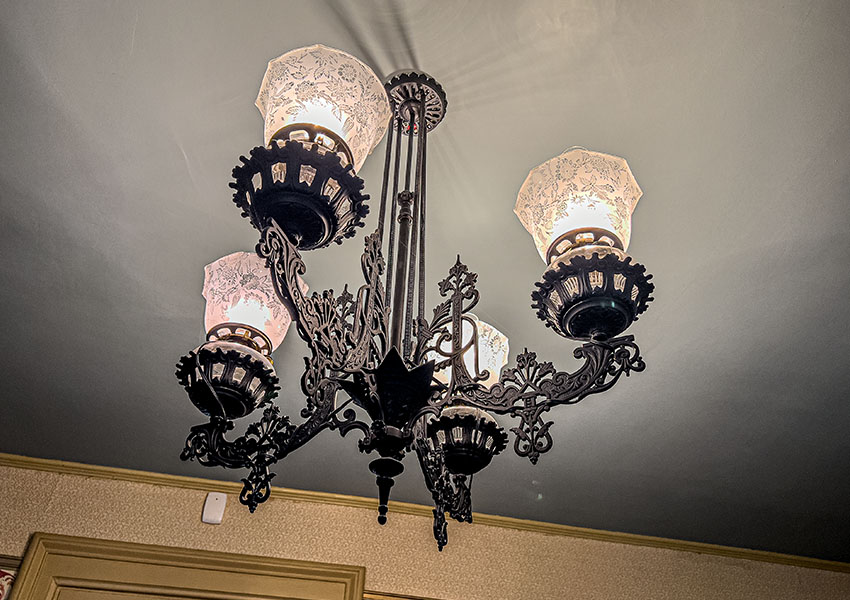
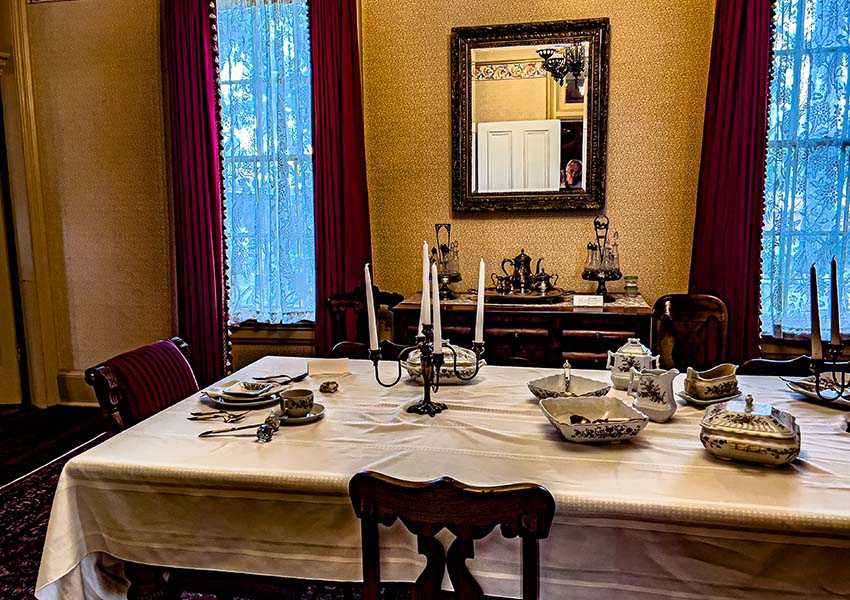


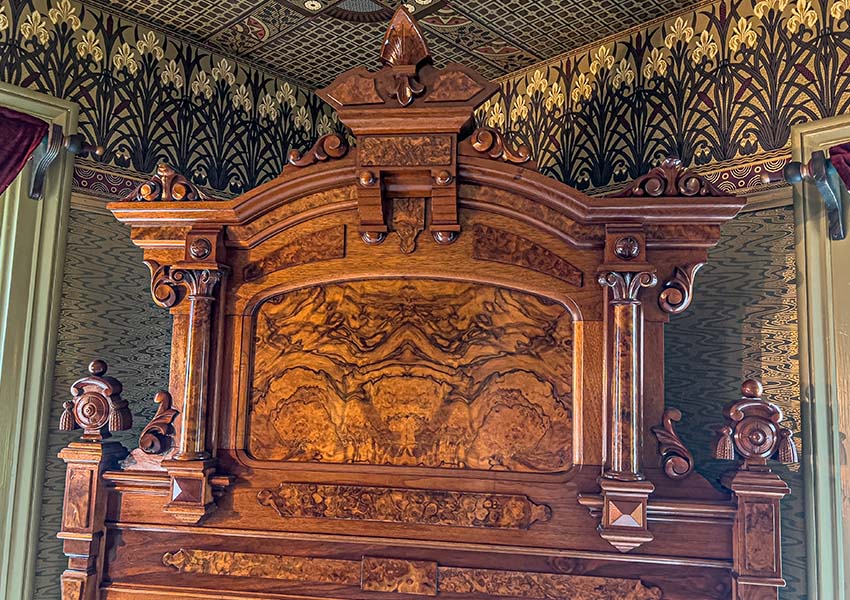
HISTORY
James C. Jordan, a West Des Moines mover and shaker, was born in Virginia in 1813, and grew up on a farm. At the age of sixteen he was asked to join a runaway slave hunting party to find the “slave property” of one of his neighbors. The group tracked down slaves and returned them to their masters. The experience turned his stomach, transforming him into an abolitionist.
At nineteen years old, he left for the state of Michigan, and a few years later went to Missouri to learn the cattle business, something he was talented at doing. After the Iowa territory was opened up for settlers, James went to the West Des Moines area and picked a beautiful property to start his own cattle ranch.
It lay beside the Raccoon River, and had good soil for grazing cattle, with the added bonus of stands of trees which were good for building. He built a log cabin for his new bride, Malinda, and for the six kids that came in rapid succession over the next couple of years. Meanwhile, his cattle ranch was prospered, bringing in money for the next step, which was to build their dream home.
In 1848, James and Malinda built a basement for their new house where the family lived until the home was completed in 1850. This makes the Jordan House one of the oldest buildings in Polk County, and the oldest in West Des Moines.
Jordan joined the Methodist Church, which supported anti-slavery efforts, and became the Head conductor of Polk County’s Underground Railroad. He hid slaves personally, as well, coming through Iowa, on their way to freedom in Canada. They typically hid in the barns, out-buildings, and the fields.
The Jordan House was also a place of southern hospitality, welcoming weary travelers in need of lodging. Local political leaders liked to come and socialize here as well, hosted by “Uncle Jimmy” Jordan.
Besides being a successful cattleman, Jordan was also a public servant in the Iowa State Legislature, including the state Senate and the House of Representatives. He brought economic stability to West Des Moines and positively affected the lives of its citizens. He raised $70,000 to get a railroad stop built in West Des Moines.
James also organized the State Bank of Des Moines, and served on the Polk Country Board of Supervisors. During his legislature years, he led the drive to relocate Iowa’s State Capitol from Iowa City to Des Moines.
Sometime in the 1860s, Malinda Jordan died. Jordan grieved, and eventually met Cynthia Adams and remarried. They had five children together, bringing the total number of children raised in his house to eleven.
By 1870, the size of the house had been doubled with the addition of another kitchen, library, dining room and parlor. Another entrance to the house was added, from which the family took advantage with a black walnut staircase leading to six more rooms. Porches were added to the east and south sides of the house.
The Jordan House was lived in and owned by various Jordan family members until 1947, at which time both it and property were sold to the Church of the Nazarene, who used it as part of their summer program. They were good stewards of the property and maintained the Jordan House.
In 1978, the Church sold the Jordan House and its property to the West Des Moines Historical Society, which enthusiastically renovated and restored it to its present status as a period museum. The Historical Society liked the house so much that they moved their organizational headquarters into it as well.
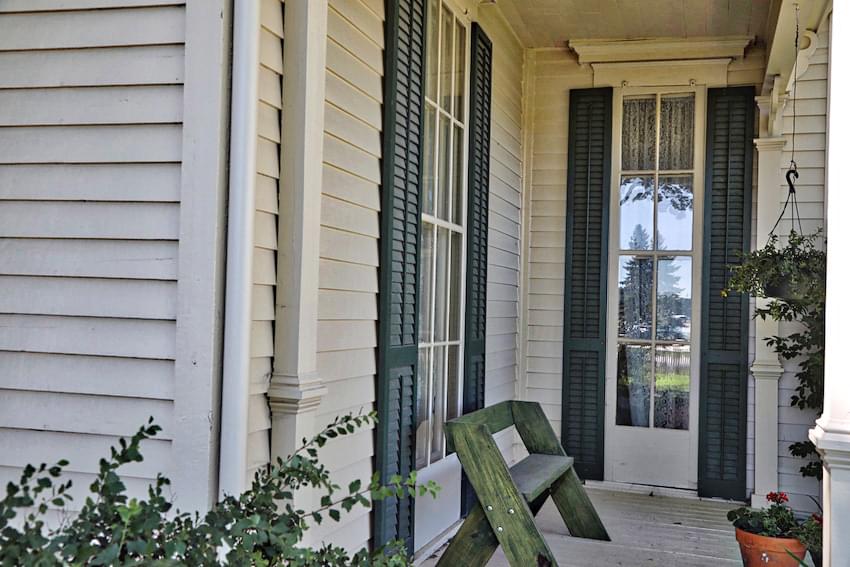
HISTORY OF MANIFESTATIONS
Spirits of young children who died from illness or dumb kid accidents sometimes like to stay in a place that was once their home, or where they were loved.
Bee-Bennett Mansion, CA (The son of Judge Bennett, little Marcus Jr., died in an accident on the main stairway).
St. James Hotel, NM (A young son of the Innkeeper ran into a pot of hot water and died of his burns).
Whaley House, CA (A little neighbor girl strangled herself in the clothesline in the yard of the Whaley House).
Jordan House, IA (One of Jordan’s children died when she broke her neck in a fall. Three year old Eda was sliding down the bannister and fell off).

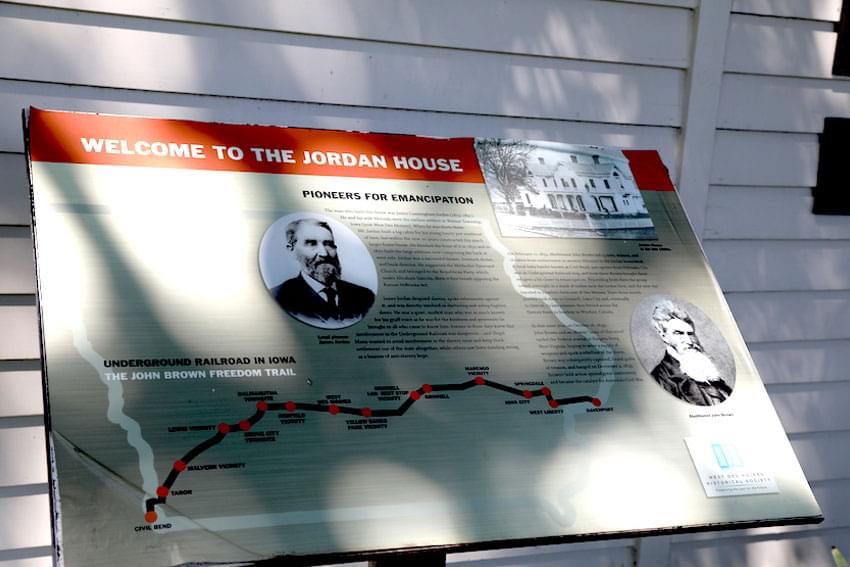
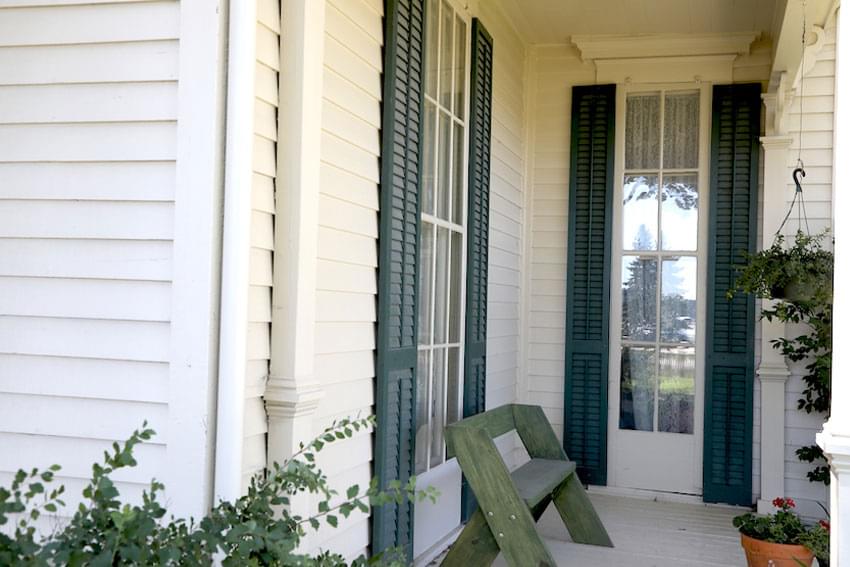
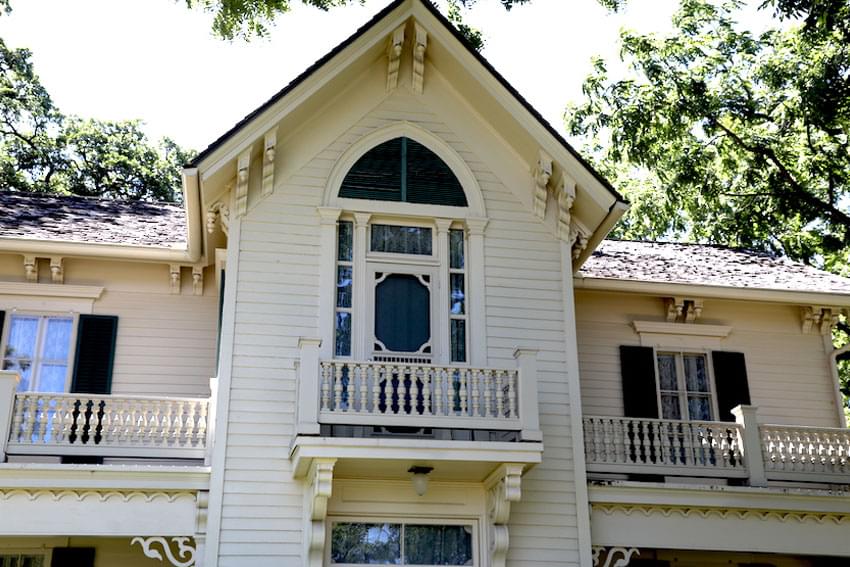
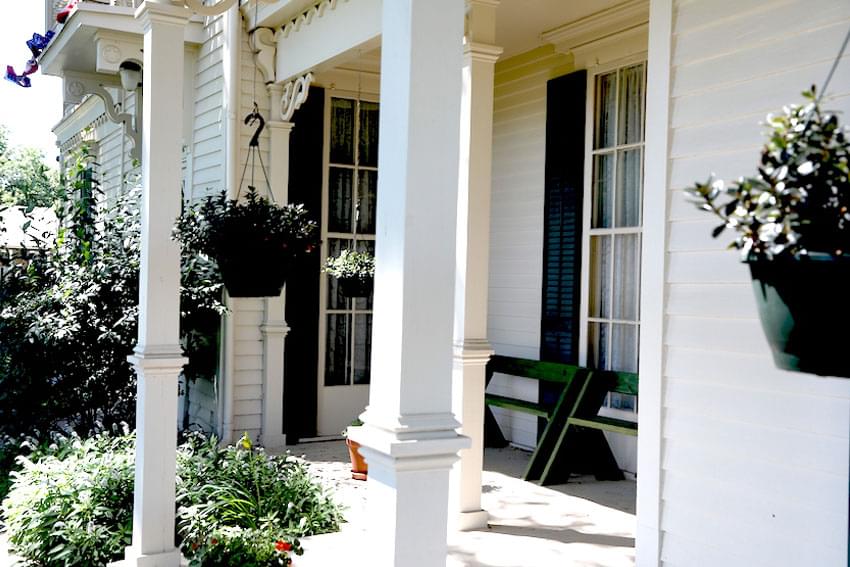
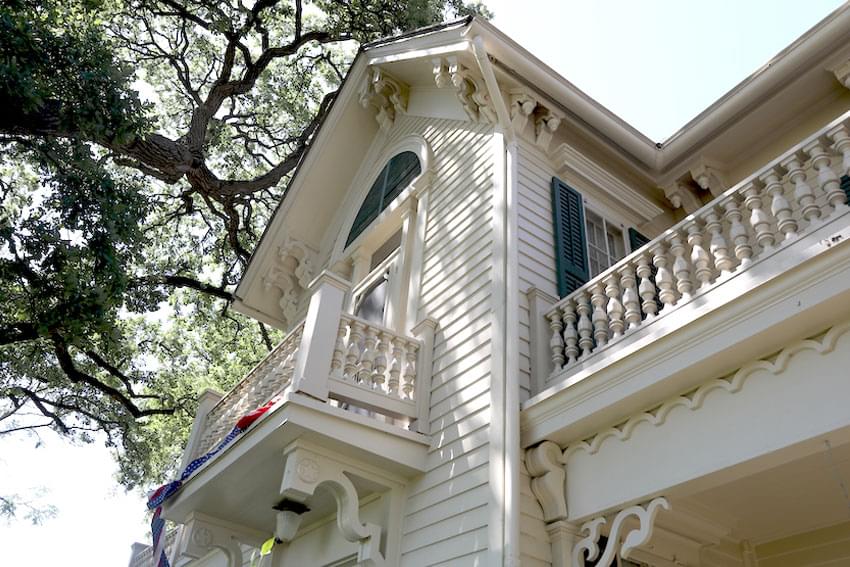
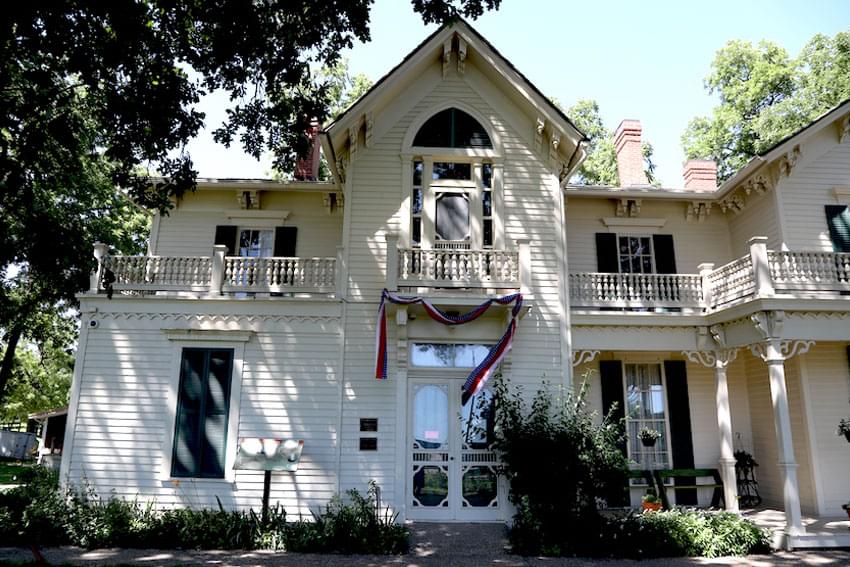
MANIFESTATIONS
Details about the spirit of Eda’s observed activities are not reported, but looking at other active child spirits in stories on hauntedhouses.com, we can surmise what she enjoys in this house.
Spirit of Eda Jordan
Apparently is still a handful; a ball of energy, but a well-behaved spirit child; never teases the living.
She happily plays all over the house, and is often seen and heard by staff and perhaps visitors.
She may be heard singing or talking as she plays.
Perhaps she still enjoys sliding down the bannisters.
Being a young child, she may move things around or interact with items or furniture on display. Beds or rocking chairs may be her favorites.
If any children’s toys like dolls are part of an exhibit, she may play with them. If a doll house is there, she probably plays with that as well.
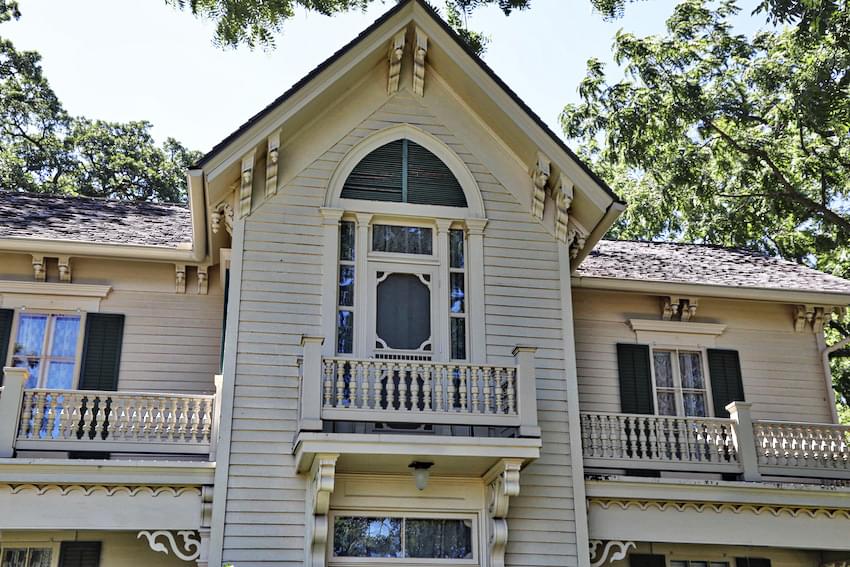
PARANORMAL FINDINGS
Throughout the years, people have had enjoyed the paranormal sports package provided by a spirit child that has no fear of the living. The spirit of Eda has enjoyed being in her house; doing all the things she liked to do while alive.
The spirit of Eda has been here since she died, and has kept the Jordan clan company all those years the family owned the home. She was probably also there when the Church of the Nazarene owned the home, but may have not been so visible. When the home became a house museum, she became very active indeed. Staff and perhaps visitors have seen her and heard her.
I couldn’t find any hard evidence of her presence, but I doubt paranormal investigators would be allowed to come in and investigate. Most serious house museums don’t want to attract ghost hunters.

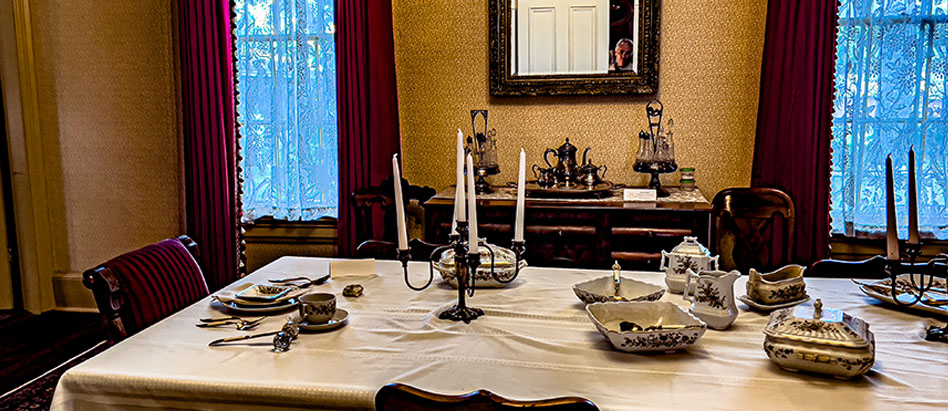
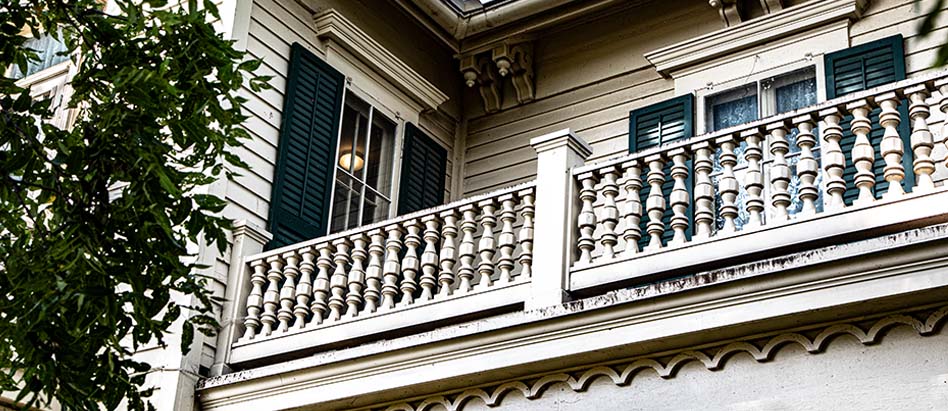
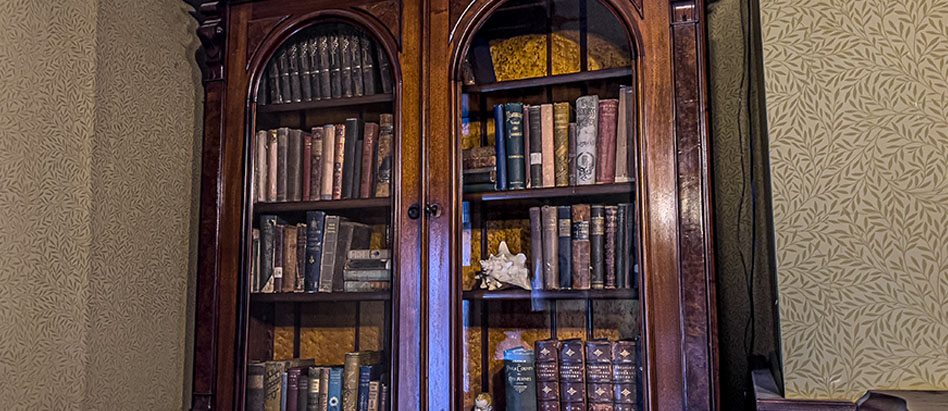
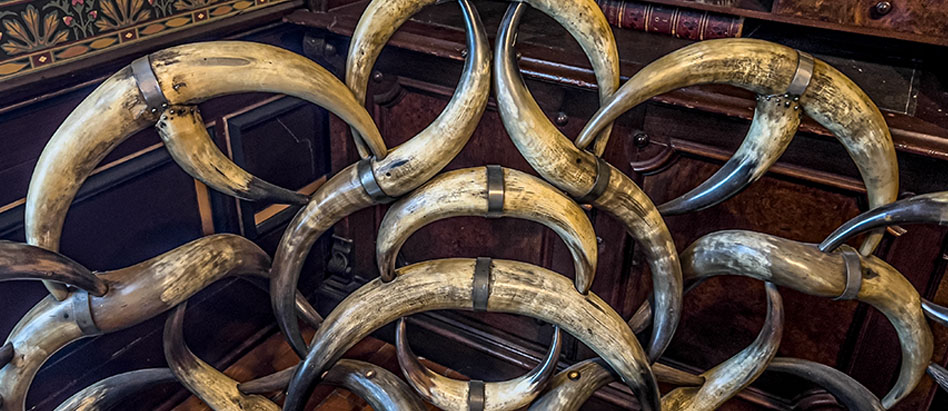

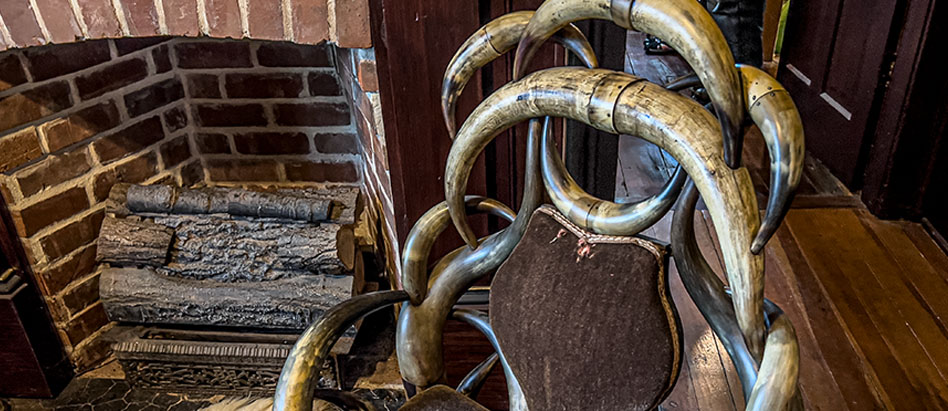



STILL HAUNTED?
PROBABLY SO!
Spirits from her family may come too to keep this little spirit child company. She is as active as she was when she was breathing, and is still the handful she was while alive. She felt family love here and still stays where she is comfortable and feels free to be herself. Museum staff consider this spirit child as part of this historic home.

LOCATION
2001 Fuller Road
West Des Moines, IA 50265
The Jordan House Museum is located at the intersection of Fuller Road and South 19th Street, in the West Des Moines countryside, by the Raccoon River.
VIDEOS TO WATCH:
Inside the Jordan House, West Des Moines’ stop on the Underground Railroad
Exploring the Jordan House with Iowa History Journal
Virtual tours of the Jordan House

